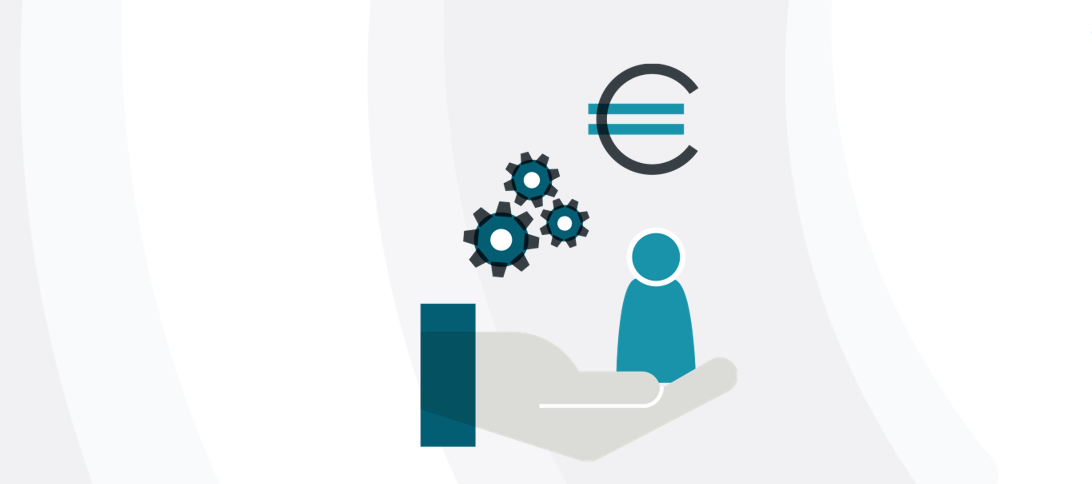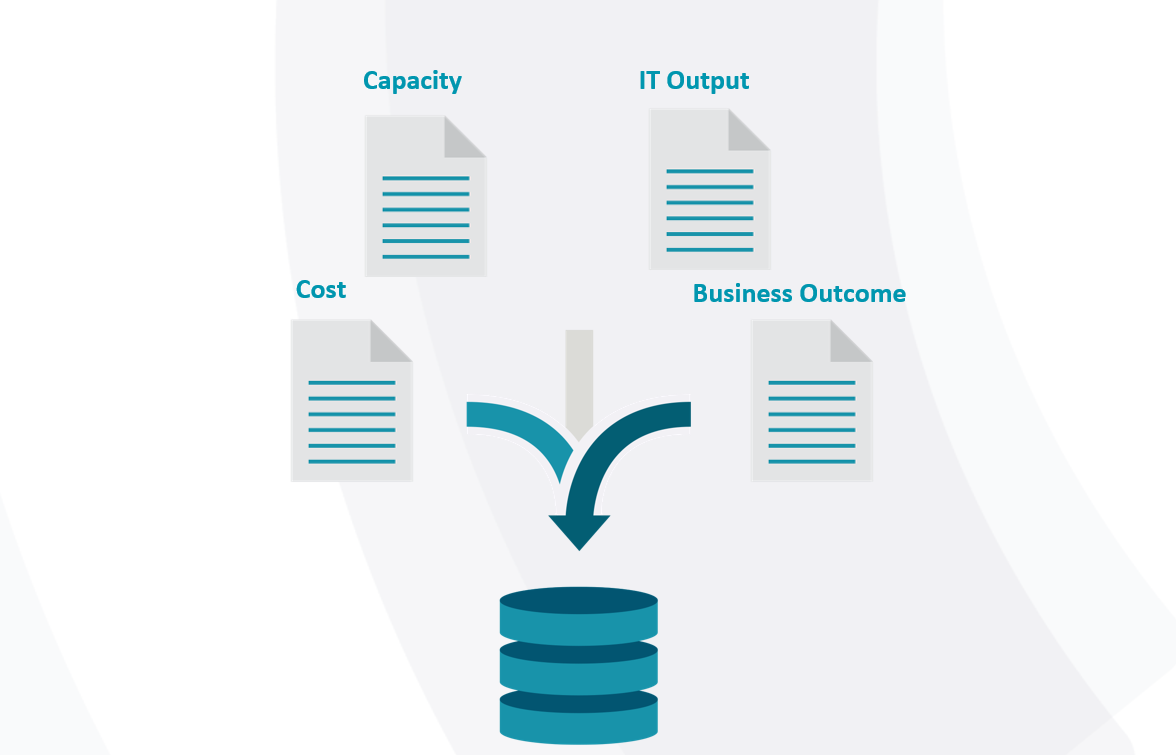Do you know Mr. “We’ve always done it this way”? Then you also know that his last known address was “Company Success St. 0”. We don’t recommend a visit – meetings are held there to discuss whether IT and business should be kept strictly separate. We see it differently.
In companies that want to generate profits and create value, close cooperation between IT and business is essential with regard to the central role of IT. Therefore, ways must be continuously sought to plan IT budgets together in the future. The goal here goes far beyond mere “cost optimization”. In the business sector, the term is often used synonymously with “cost savings”. In contrast to cost savings or cost management, cost management involves a continuous routine of analysis, review, amortization, productivity improvement and reinvestment – without subjective assessments and with a clear, logical structure.
According to Gartner, those who understand this as opposed to Mr. “We’ve always done it this way” will achieve a 65% higher contribution to their company’s mission by 2028. They will also improve the efficiency of IT spending by over 45%. But how exactly do you achieve such figures?

Proactive culture for sustainable values
Back to Mr. “We’ve always done it this way”: he will insist on carrying forward the costs from the previous year – with, say, a ten percent mark-up. This is in a comfort zone, but is strategically the opposite of smart. It would make more sense to establish proactive cooperation between the business unit and IT in order to plan the IT budget jointly and sustainably. However, this approach requires a profound change in the way IT is handled. The establishment of a culture that values and promotes continuous cost management forms the foundation. It is important that the cultural change is actively supported not only by IT, but also by the business. We call this process the “Handshake Initiative” and express it on the web with the hashtag #CloseITCloserBiz.
Business-centric decisions
It is still too often the case that IT budgets are planned by IT experts alone. Although this is appropriate to a certain extent, as experts are familiar with new technologies and can estimate the associated costs, greater involvement of the business is essential, as the actual business value – i.e. the business value of IT – is not transparent in silo planning.
However, this is urgently needed; the costs of IT must be aligned with the business value. Accordingly, relevant stakeholders must be actively involved in decisions in order to quantify and communicate the impact of investments on business results. The aim of closer collaboration between IT and business is not only to inform the business department, but also to actively involve it in the processes in order to align IT decisions more effectively with the business.
To achieve this, it is important to build overarching relationships in order to bridge communication gaps between IT and business. For example, in the spirit of a handshake, the business should promote technology initiatives led by IT and in turn support IT initiatives launched under the leadership of the business – always with the jointly communicated goal of increasing organizational efficiency.
Operate IT Financial Management (ITFM)
Use the ITFM framework in the process and allocate all costs to a model that focuses on services (or solutions) and consumers. ITFM tools, such as the CIO COCKPIT from DextraData, provide excellent support for IT and business. Pay attention to all initial and ongoing costs for the provision of skills or services. Only add cost-specific details and additional complexity to the ITFM cost model if necessary.

Sustainable growth through strategic cooperation between IT and business
If you implement cooperation between IT and business in your budget planning, you will quickly recognize many potential savings. However, reducing operating costs is only the first step. The real value lies in sustainable growth. Increasing efficiency is the key to this. This involves creating a list of priority projects in collaboration with key stakeholders and budget holders, and regularly and actively reviewing and updating this list. In addition, ongoing costs should be shifted to growth and transformation areas. Close collaboration between IT and business is essential for sustainable growth.
Maximizing business results: Beyond Budget
“Beyond Budget” sounds like a marketing slogan, but describes that it is not about the size of the budget, but about maximizing value. Clear approval guidelines and a smart link between IT spending and clear business objectives are crucial. This requires tailoring the presentation of spend to the target audience and needs, ensuring that the cost view is aligned with the desired outcome. Four perspectives are crucial in this process:
- Cost
- Capacity
- IT Output (Services or Solutions)
- Business Outcome
This underlines the fact that the business should not only take a passive view, but must actively participate in this process in order to truly maximize business results. In addition, the resulting data must be properly consolidated.

Create a single point of truth
A crucial aspect for effective collaboration between IT and business is the establishment of a common data pool – a so-called “single point of truth” – that is binding for both sides. This central source of information enables IT and business to act on the same basis in order to avoid misunderstandings and inconsistencies. IT Financial Management (ITFM) tools also play a decisive role here. It enables the transparent presentation of IT costs and offers role-appropriate data preparation. This enables IT and business managers to call up relevant information at a glance and make well-founded decisions. The introduction of such a single point of truth not only generates greater efficiency, but also promotes a uniform language and common basis of understanding between IT and business. This in turn strengthens the company’s overall performance and ability to innovate.

Rethinking IT
This insight shows that it is time to rethink the way we look at IT costs. The challenge is to see IT as a strategic partner for sustainable innovation and value creation and not just as a cost center. “Keep IT Close and your Business Closer” – The path to a value-creating future in IT, in which the business does not just have to watch, but is actively involved in shaping a successful IT strategy. This makes it possible for us to turn Mr. “We’ve always done it this way” into Mr. “Let’s go!”.







